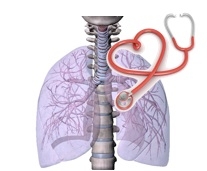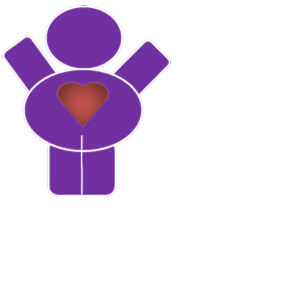Pulmonary Hypertension

What causes pulmonary hypertension in children?
There are several reasons that a child may have pulmonary hypertension. Congenital heart disease and lung disease are common causes of hypertension in children. Other causes include:
- Sleep apnea
- Altitude effects (Cities like La Paz, Bolivia, Denver, Colorado USA).
- Blood clotting disorders
- Autoimmune diseases
- Liver disease
- Family Disease
- Persistent pulmonary hypertension of the newborn (PPHN)
Other times, there is no underlying cause for the increased blood pressure. This is known as idiopathic pulmonary arterial hypertension (IPAH), formerly known as primary pulmonary hypertension (PPH).
Idiopathic pulmonary hypertension tends to affect girls more than boys. Children of any age can develop the disease.
How is treated pulmonary hypertension?
There are many treatment options for children and young adults with pulmonary hypertension (sometimes called "HAP" for short). If hypertension is secondary (ie, is the result of another condition), the best treatment is the study and treatment of those conditions. This may include repairing the underlying heart defects, treating lung disease and less common secondary causes. The symptoms and severity of the disease vary among all children with pulmonary hypertension. PAH is a disease that can evolve over time, especially if not diagnosed, treated or controlled properly. Although there is no cure for many types of pulmonary hypertension, there are treatments available that can help reduce symptoms and improve the quality of life for your child.
Treatment options include:
- Inhaled nitric oxide
- Blockers of calcium channels
- Epoprostenol intravenously or by inhalation (Flolan)
- Intravenous and subcutaneous treprostinil (Remodulin)
- Bosentan (Tracleer)
- Ambrisentan (Letairis)
- Sildenafil (Revatio)
- Tadalafil (Adcirca)
- Participation in clinical studies
Living with pulmonary hypertension
Currently there is no cure for many forms of pulmonary hypertension, although close monitoring by an experienced physician in the treatment of PAH can help your child live as normal a life as possible by controlling the pulmonary pressure with drugs.
What are the signs and symptoms of pulmonary hypertension?
Children with pulmonary hypertension (PAH) feel short of breath and tired, especially after performing an activity. Symptoms of pulmonary hypertension can be confused with other diseases such as asthma, sometimes leading to a delay in diagnosis and treatment.
Other symptoms include:
- Bluish color of the skin, also called cyanosis
- Swelling of the feet and ankles
- Dizziness
- Fainting
- Nausea recurrent
- Exercise intolerance
- Chest pain
- Difficulty in gaining weight
- Cough
- Recurrent respiratory infections
If your doctor suspects that your child has pulmonary hypertension, he or she will likely order more tests to confirm the diagnosis. The most common tests are:
- Blood tests
- Chest X-ray
- Electrocardiogram (ECG)
- Echocardiogram (ECHO)
- Exercise or stress test
- Diagnostic cardiac Catheterization
- Lung CT
- Abdominal ultrasound
- Polysomnogram (sleep study)
- Study of Ventilation / perfusion
- Barium Swallow Study
- pH / impedance (reflux study)

